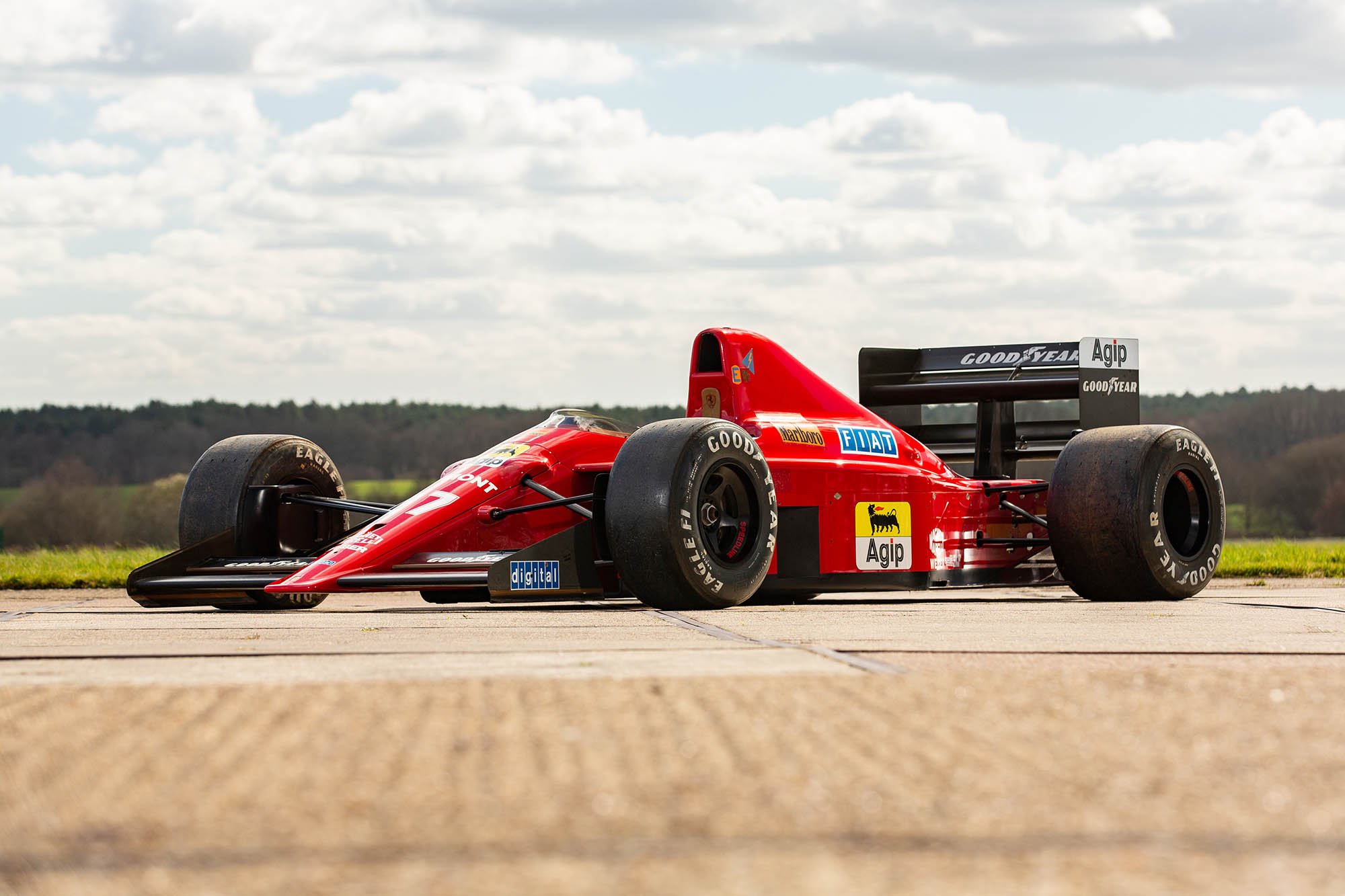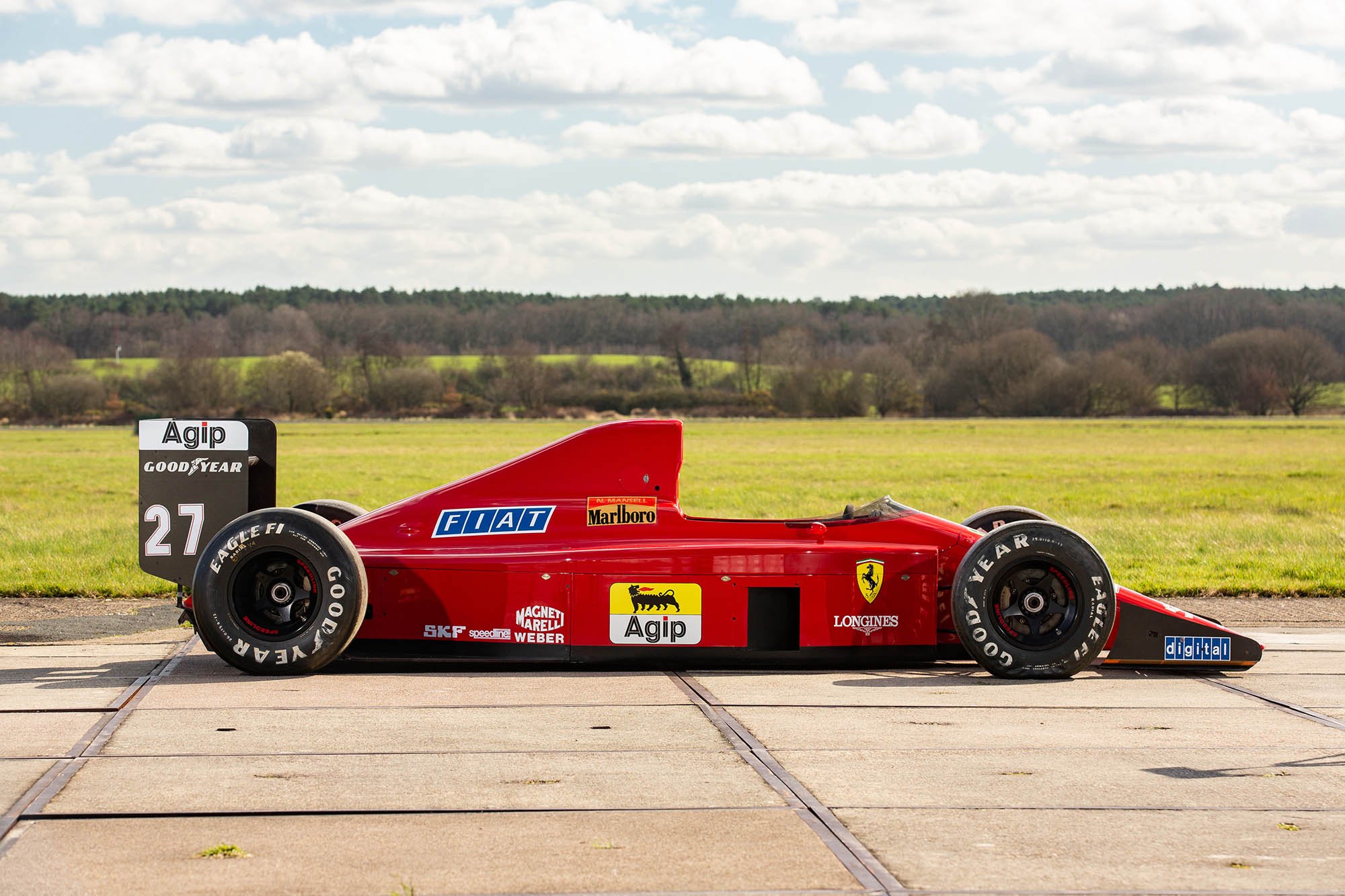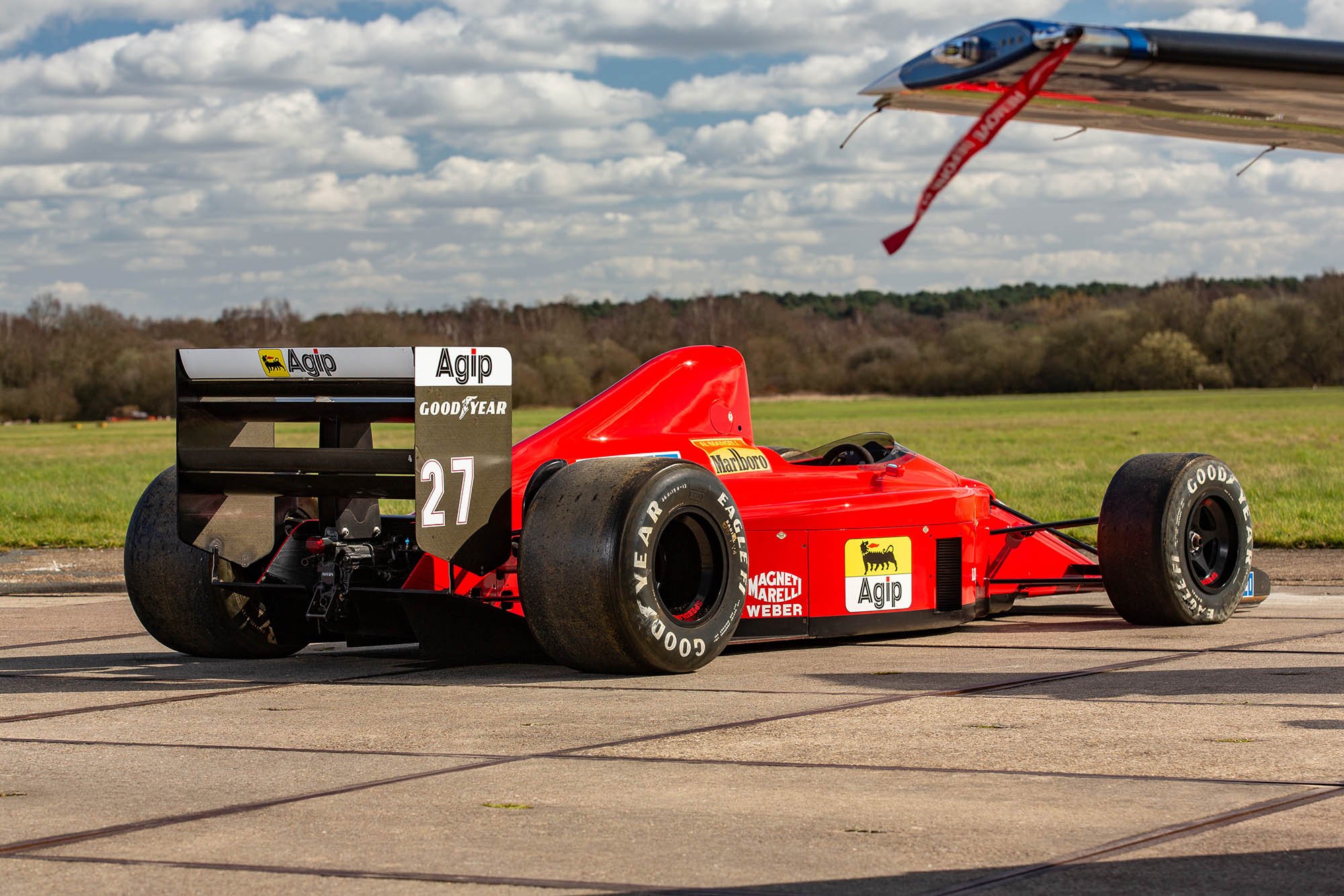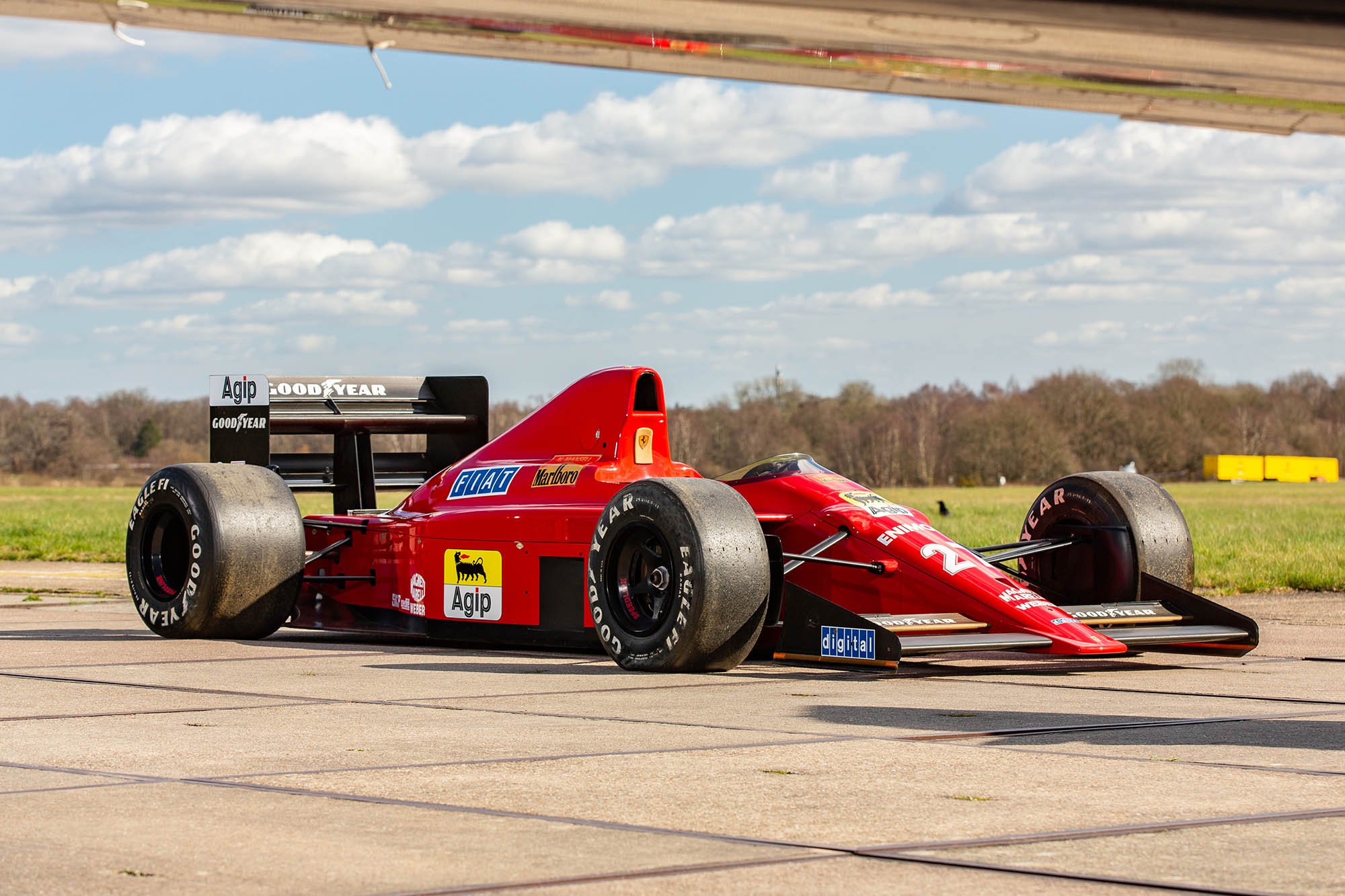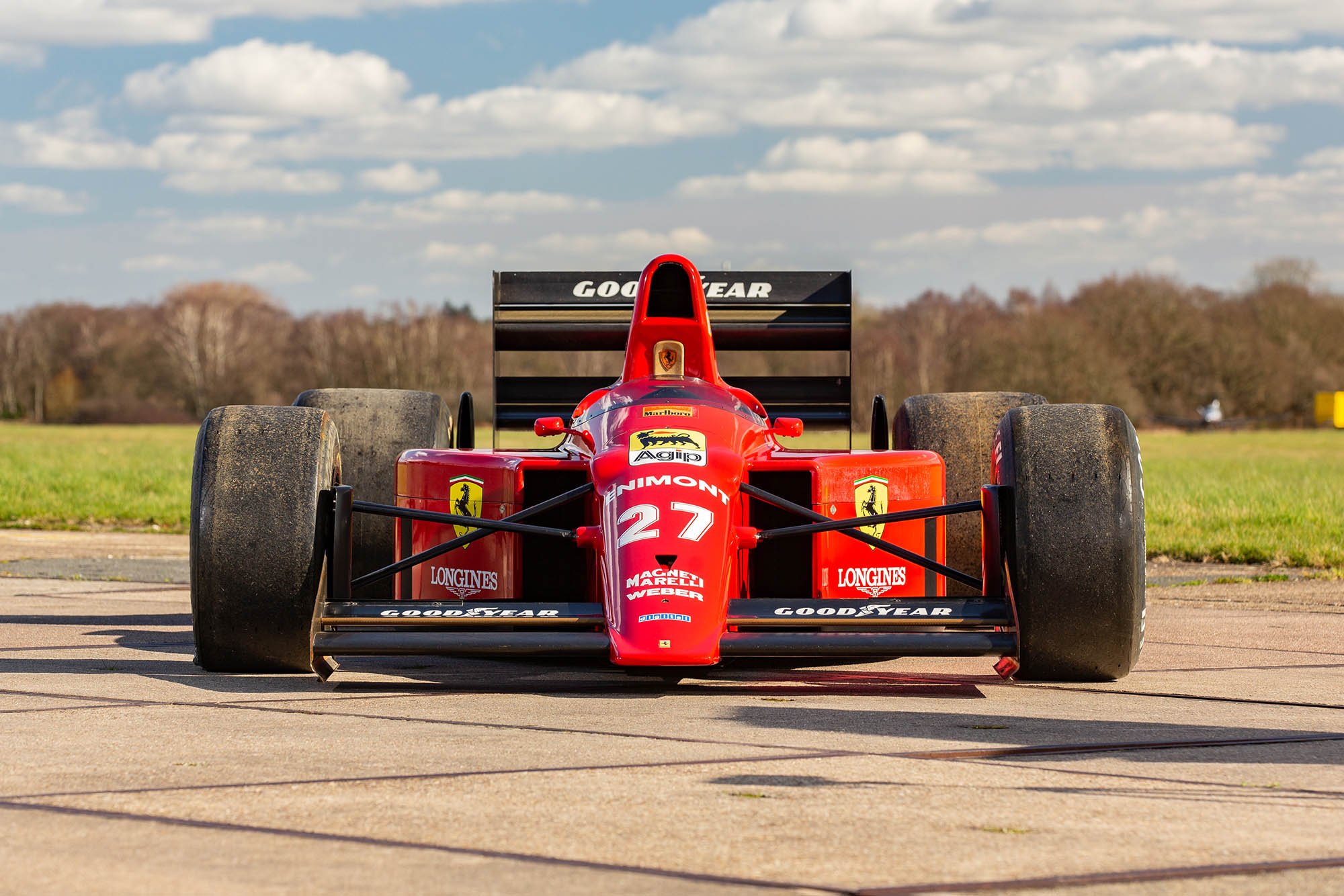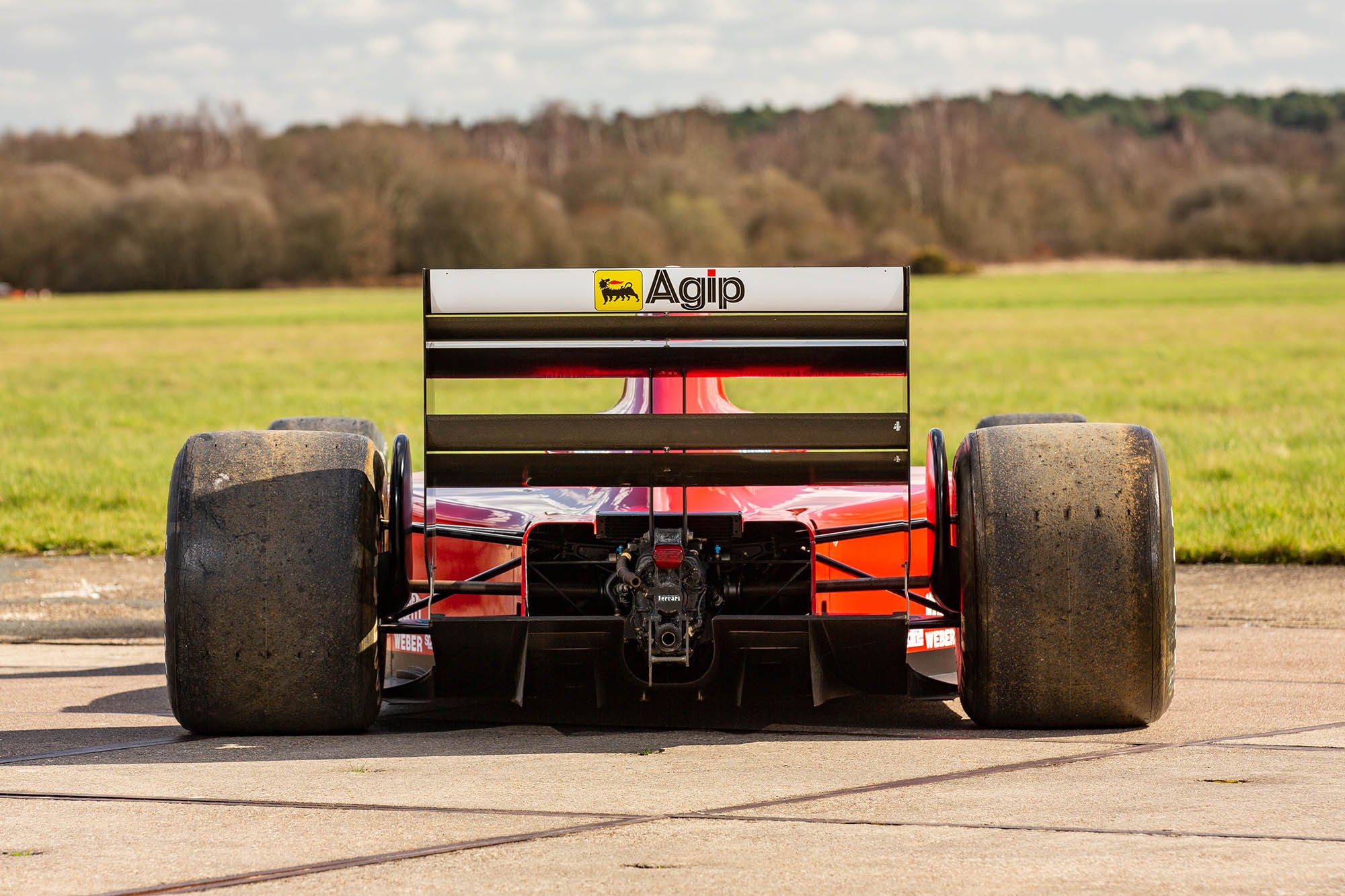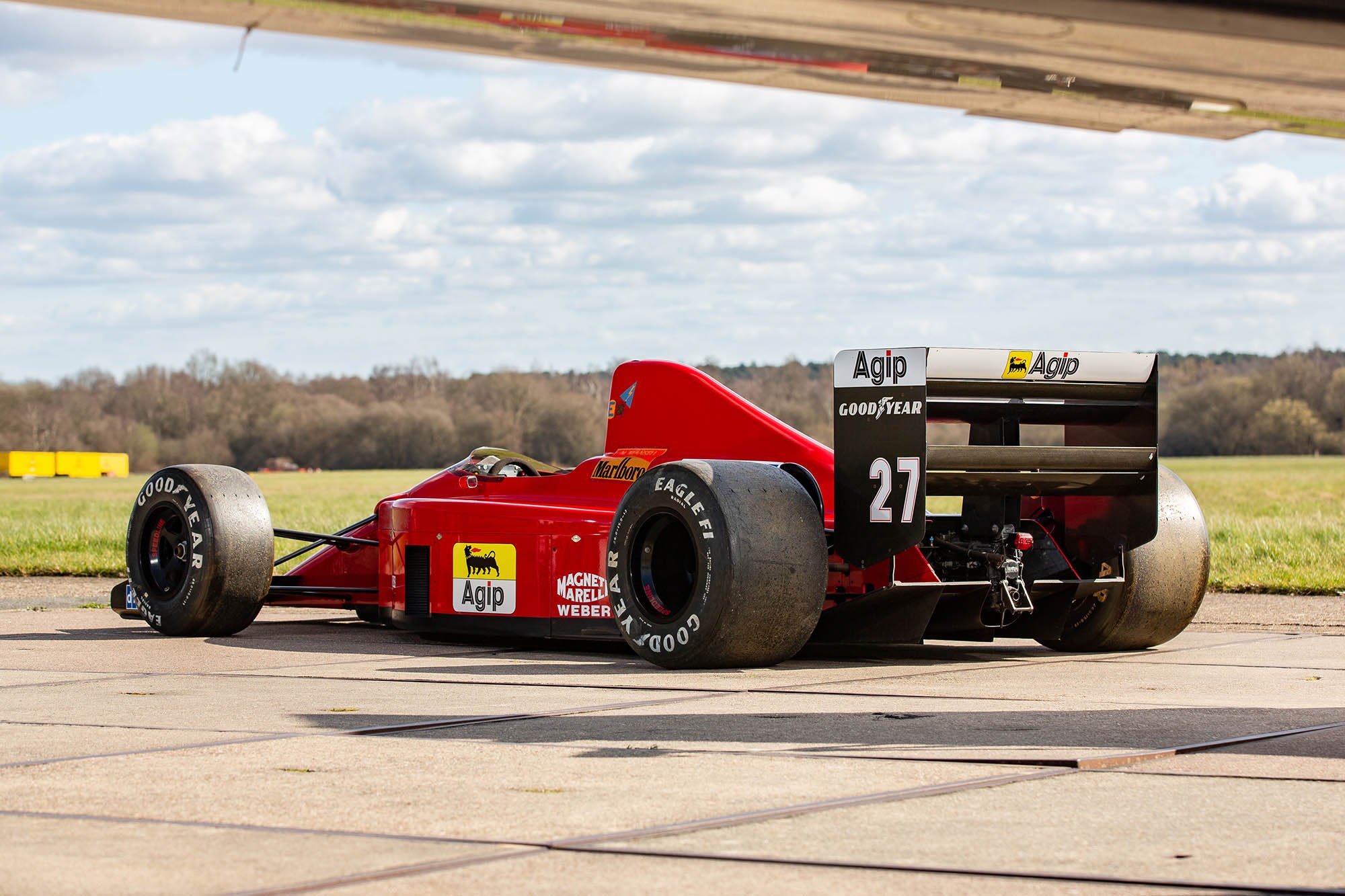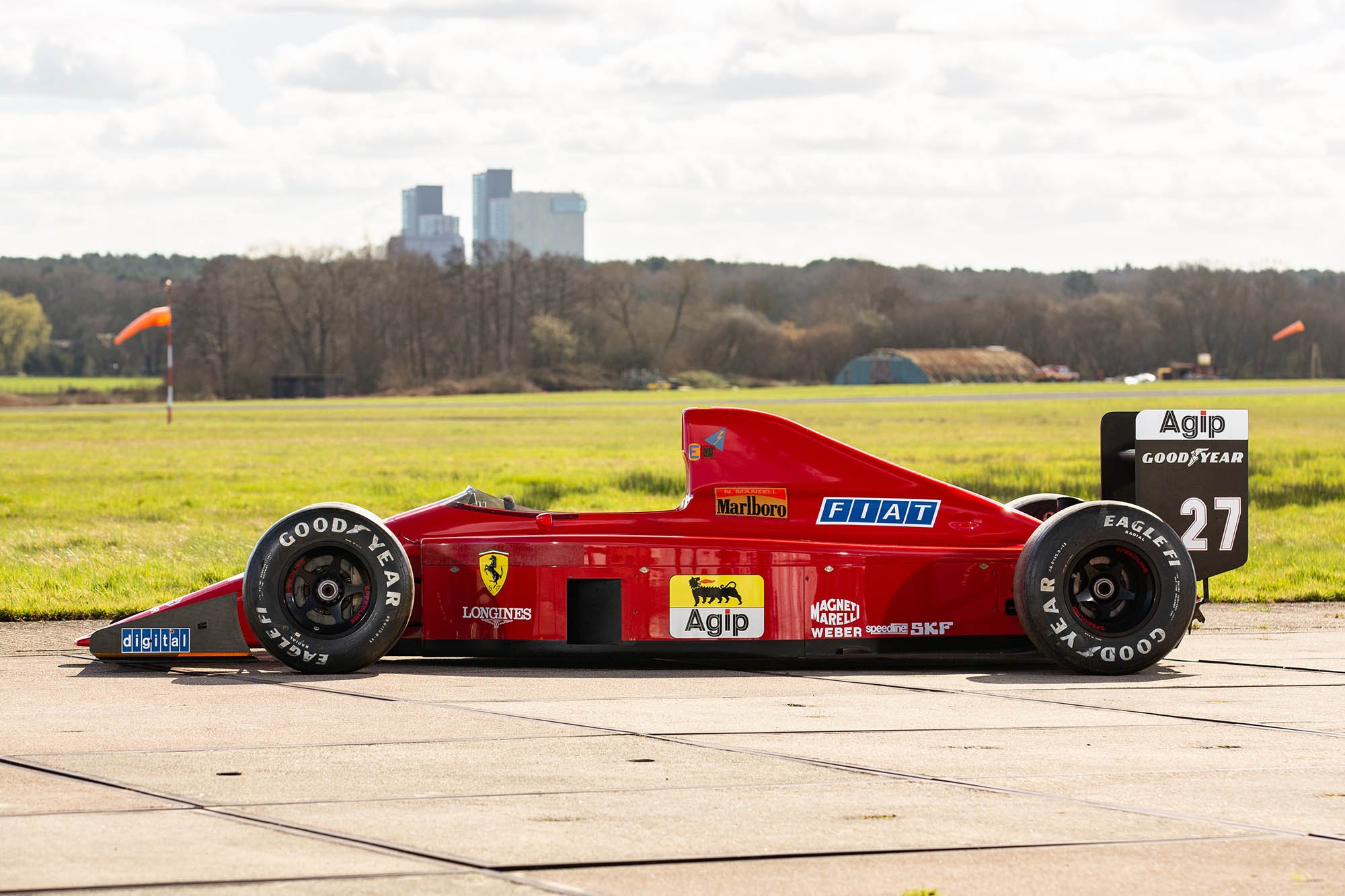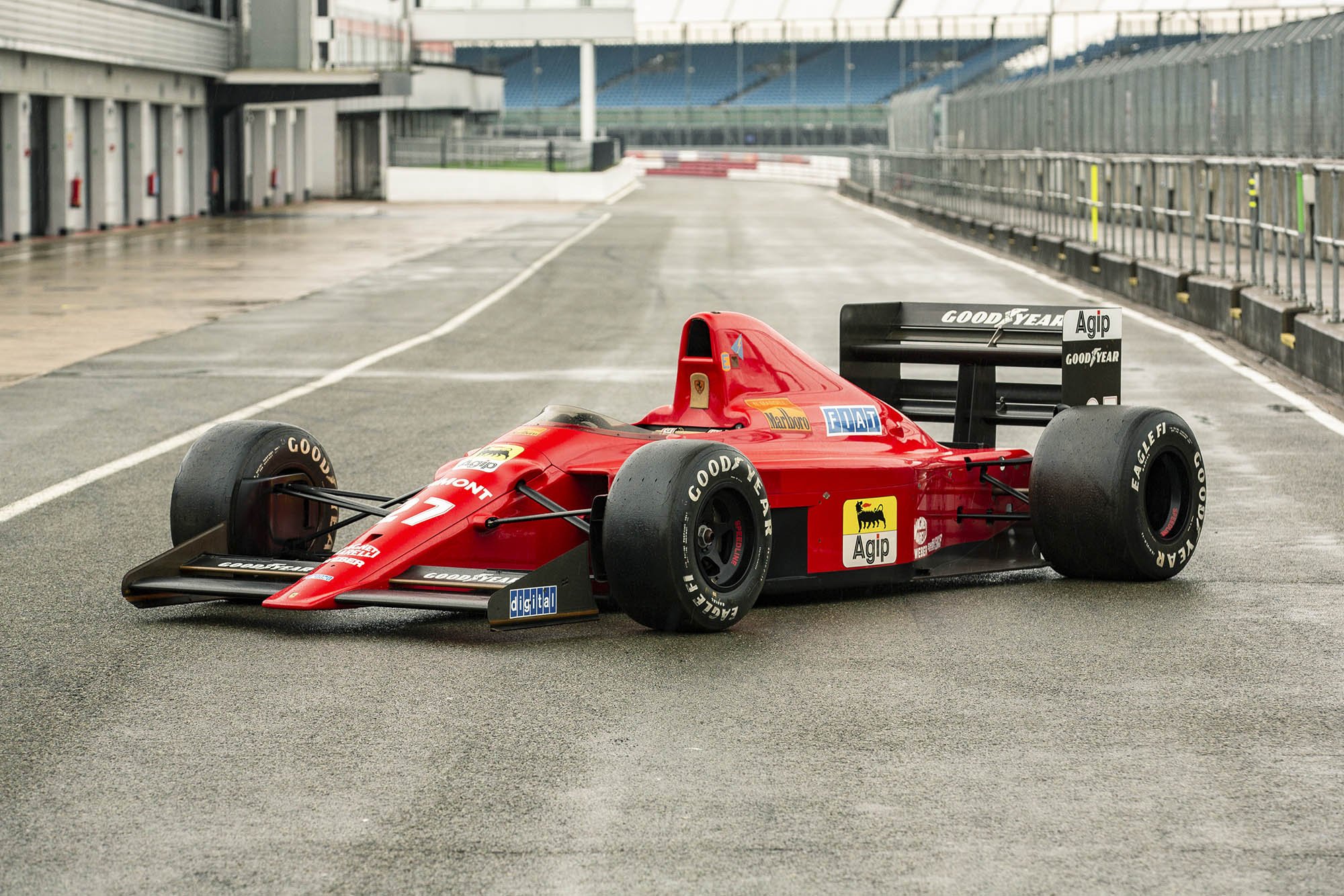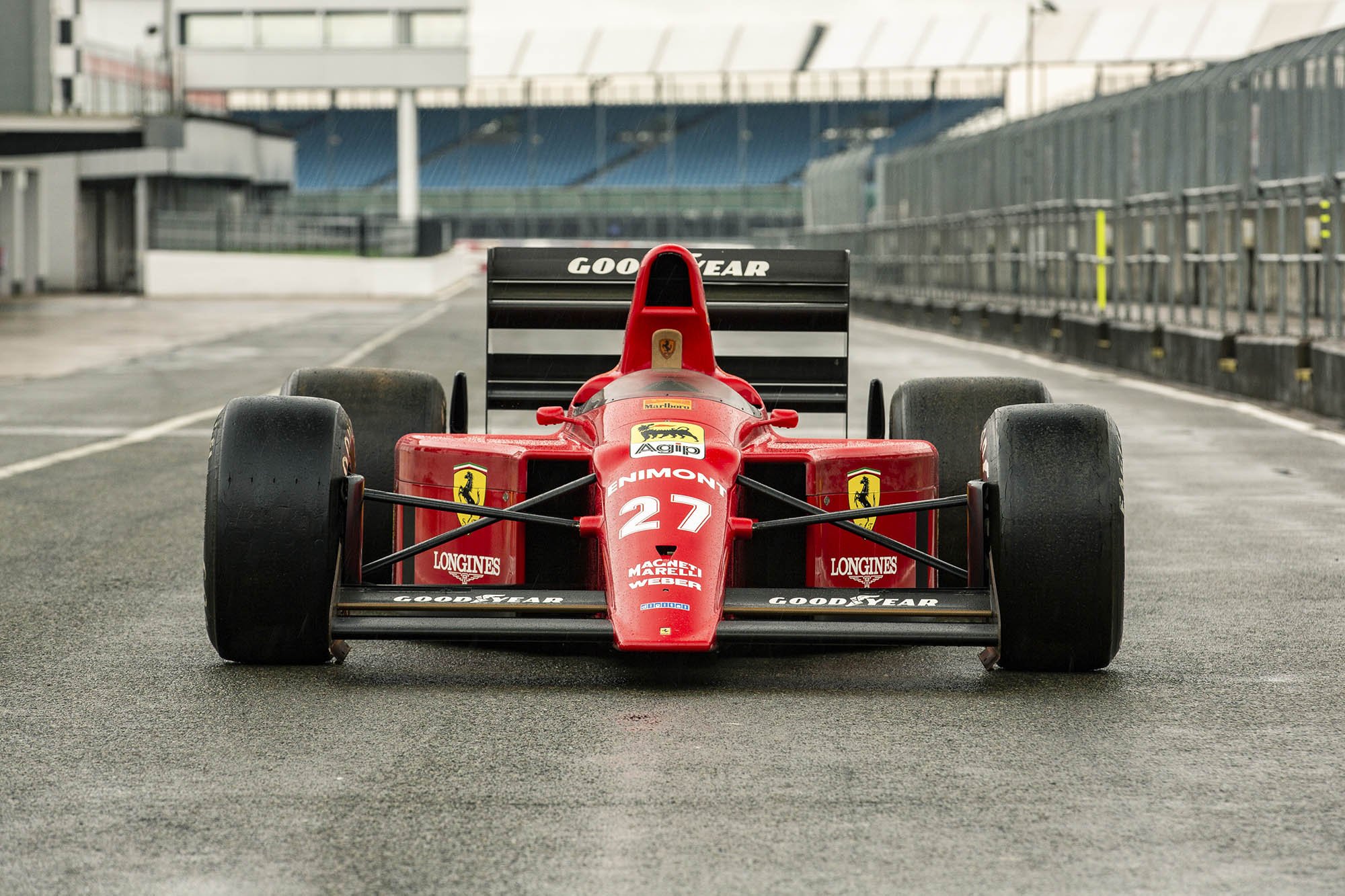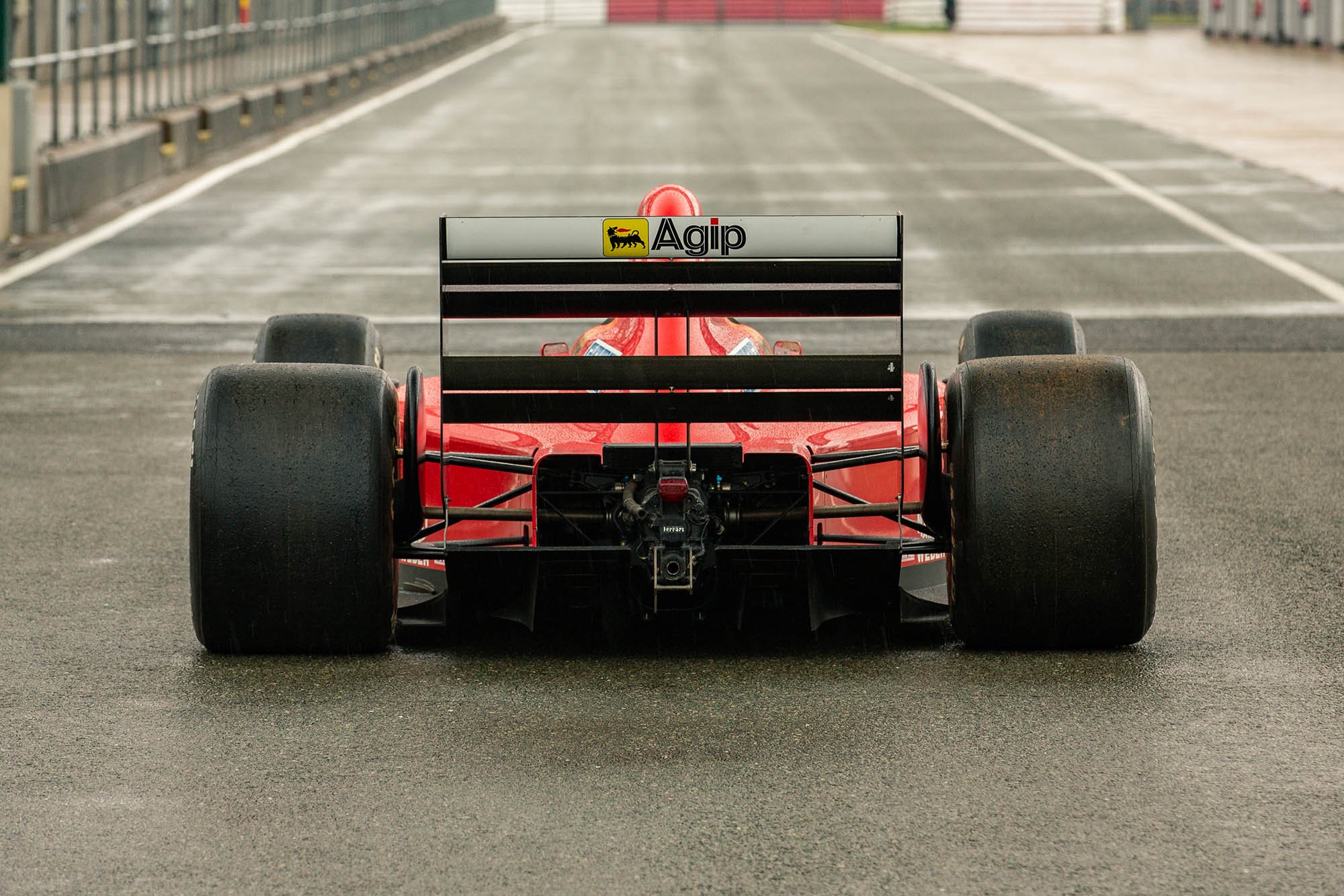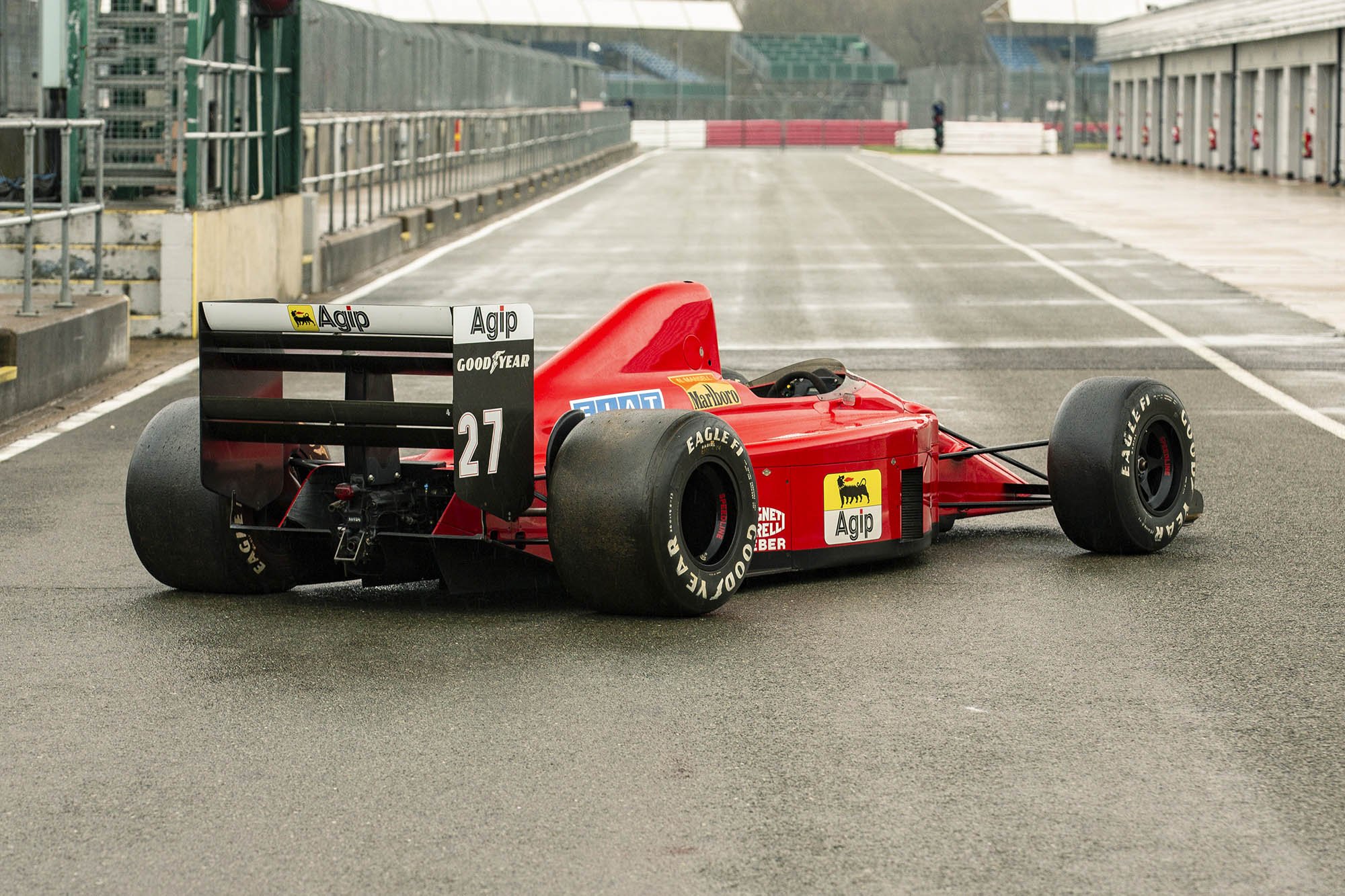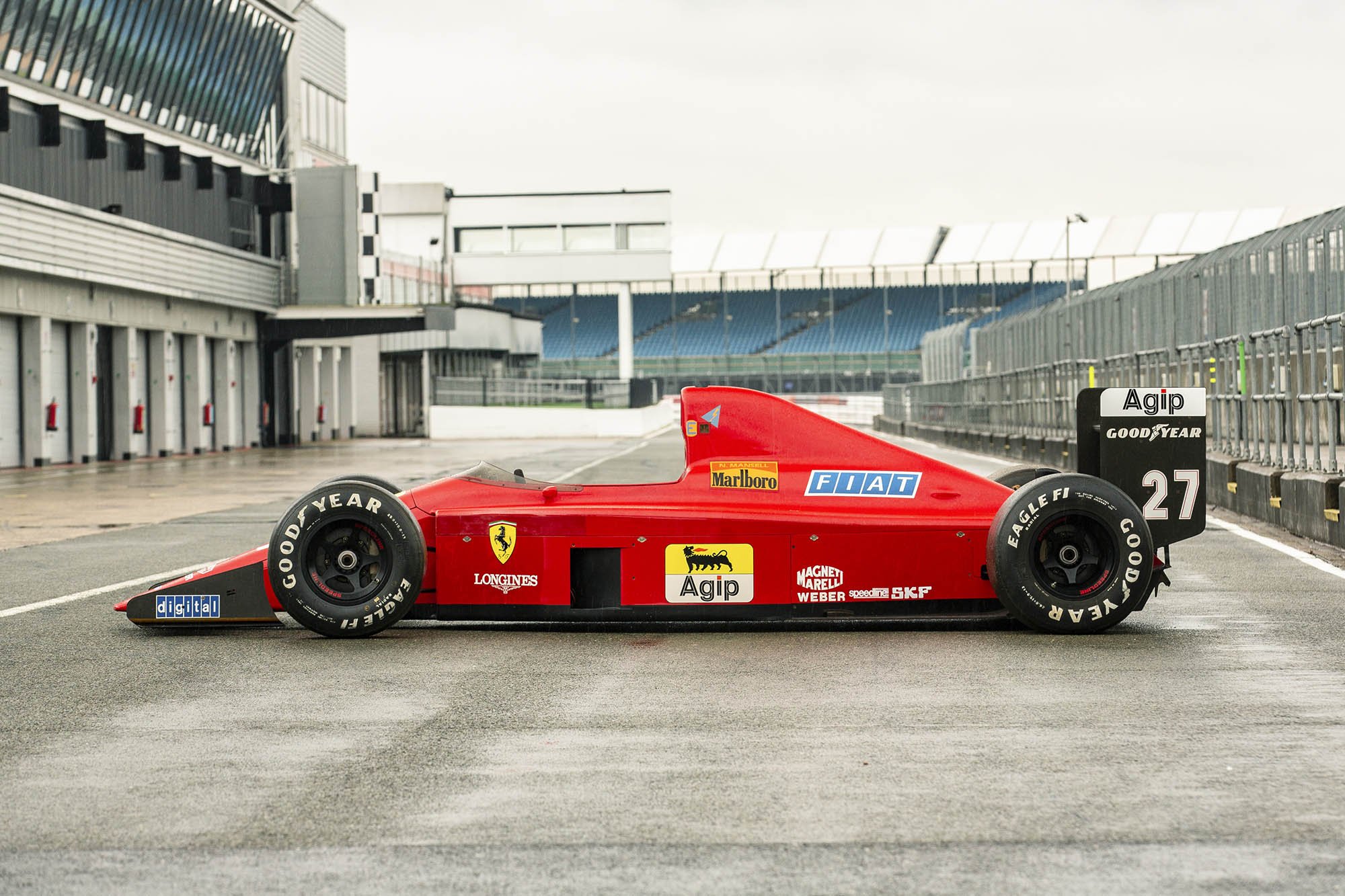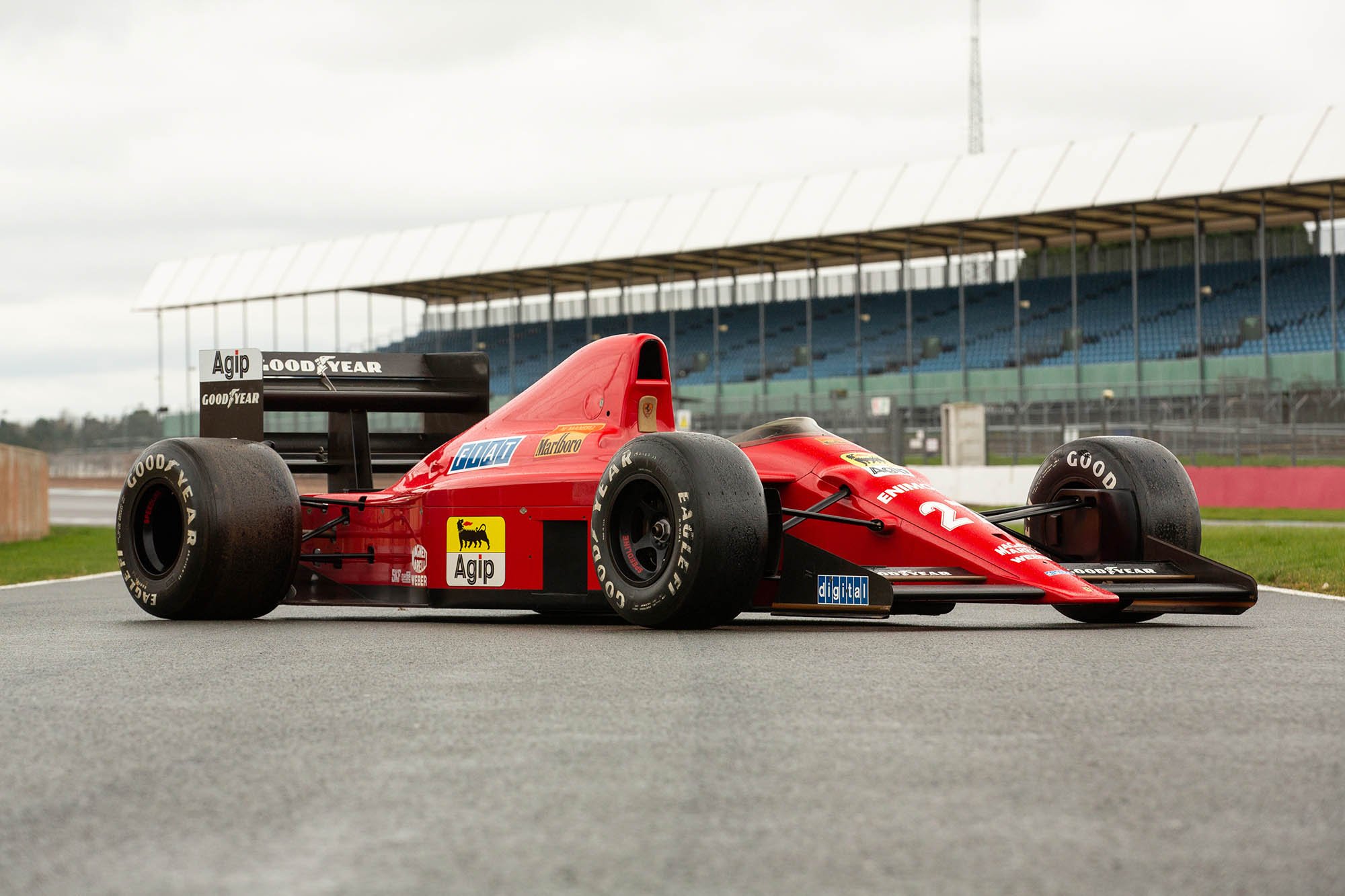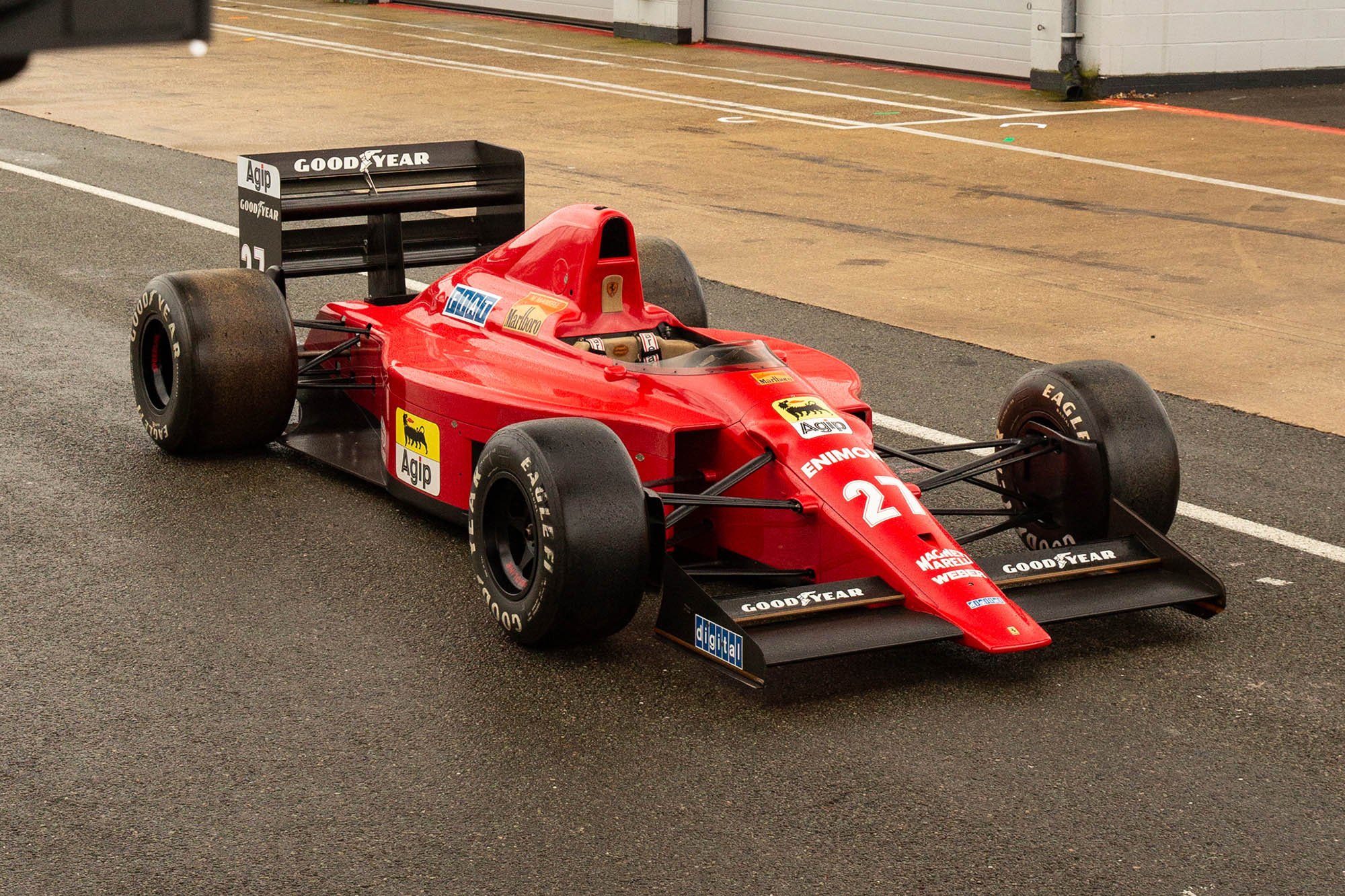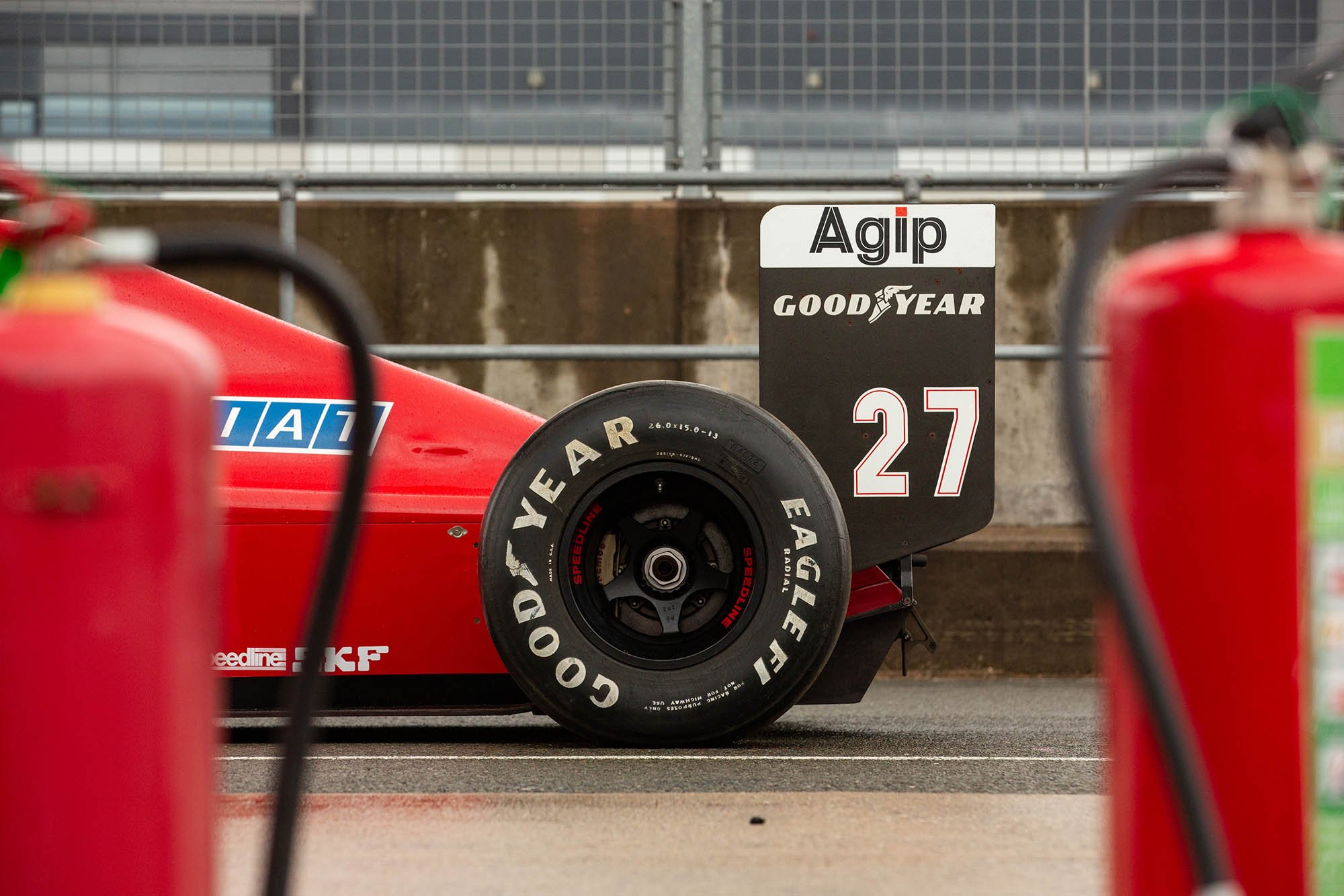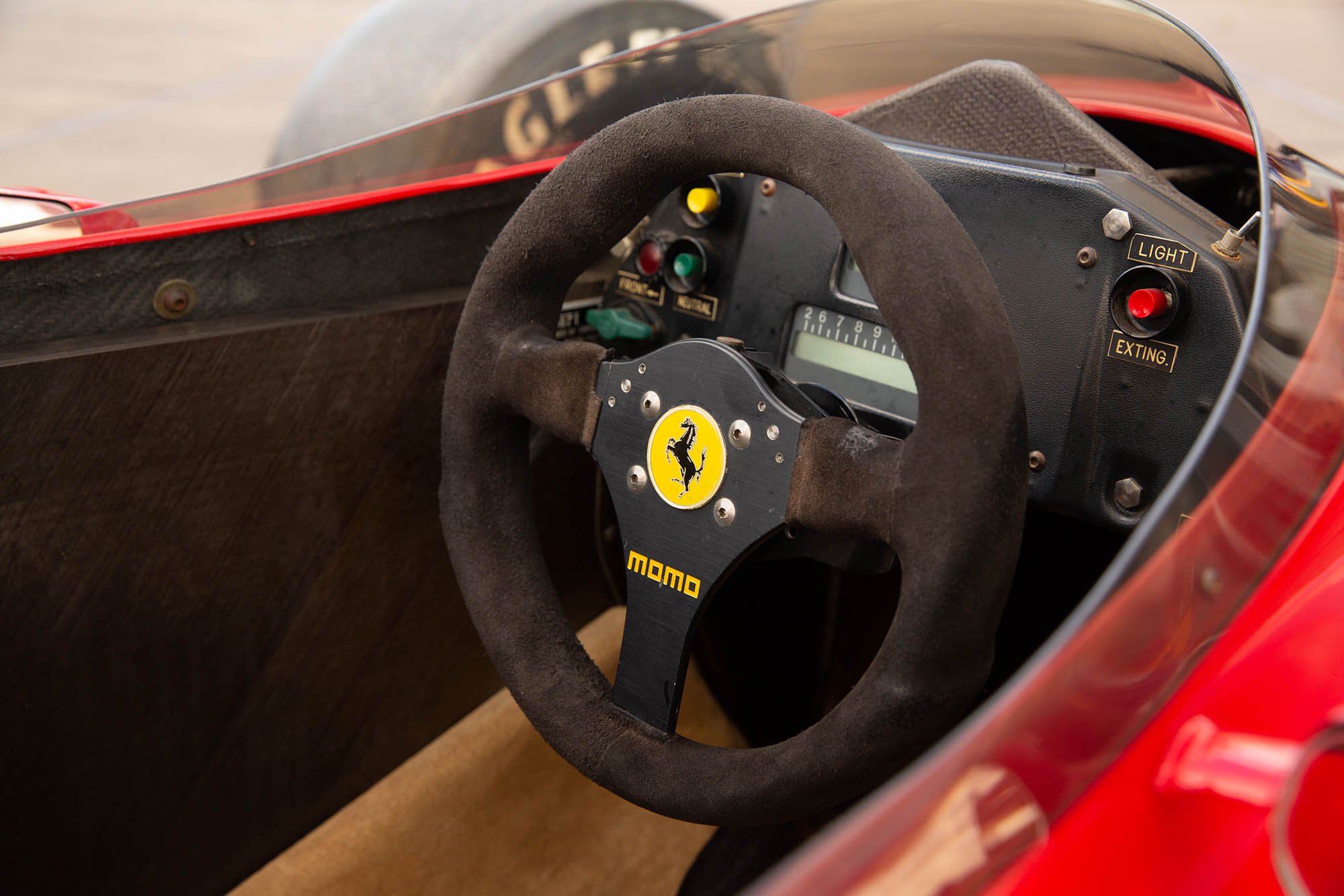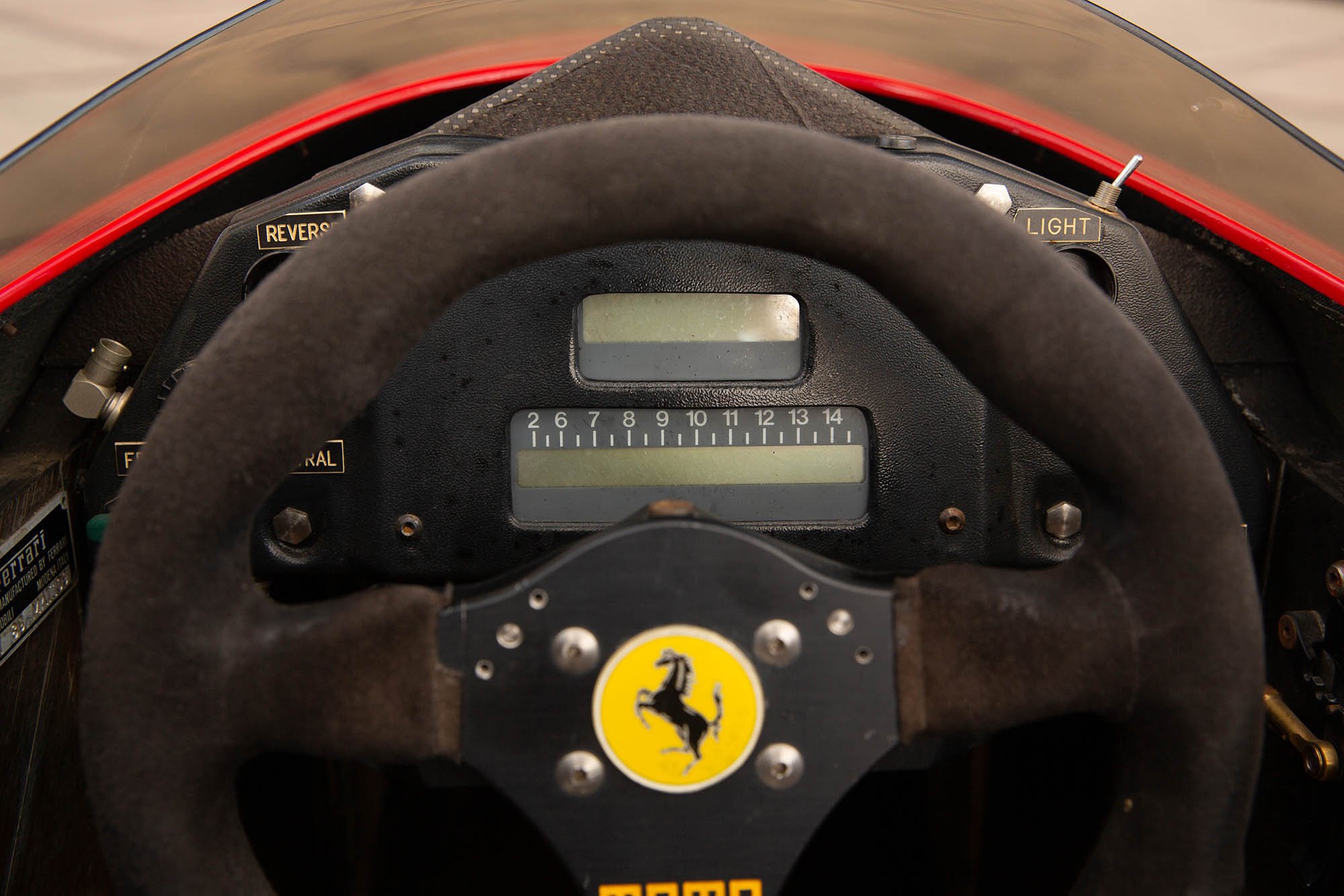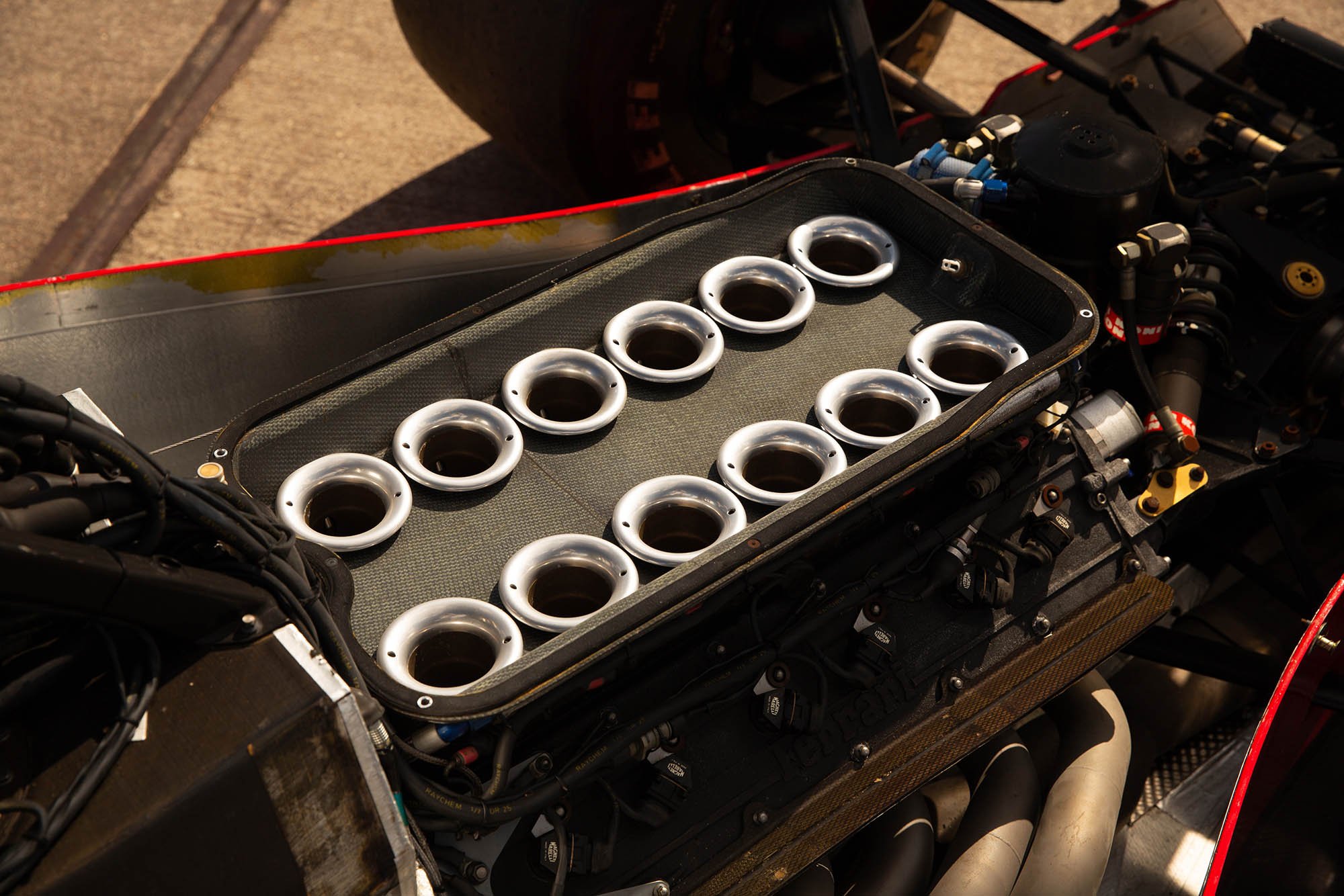Il Leone's Ferrari 640
Nigel Mansell instantly hit it off with Ferrari and its partisan Italian fanbase, earning the nickname of “Il Leone” or “The Lion” thanks to his courageous driving style. The 1989 season, Mansell’s first racing in the red of Scuderia Ferrari, marked a newly introduced ban on turbo-charged engines imposed by the FIA, and Mansell’s new car, the Ferrari 640, was powered a normally aspirated, 3.5-litre, V12 engine. The highly respected John Barnard had been brought over from McLaren to lead the design of the 640, and the car would be the first Ferrari that the English engineer would work on.
Ahead of the first race of the 1989 season, the Brazilian Grand Prix, Mansell became the Scuderia’s 78th race entrant in the team’s 40 year history, and the driver travelled to Italy to get to grips with the new Ferrari 640. On 5 January 1989, at the Fiorano Circuit and behind the wheel of the forthcoming season’s car, the Englishman set a new track record at 1’08.12, setting the bar high for what was to come.
Lining up at Jacarepaguá, Rio de Janeiro on 26 March 1989, for the beginning of the season in new team colours, Mansell qualified in 6th place, with his teammate Berger sealing 3rd spot. In a highly competitive field featuring the likes of Ayrton Senna, Alain Prost and Nelson Piquet, Mansell fought his way through to the front of the field and won his debut race for Ferrari, sealing victory over 2nd-place Prost by over seven seconds.
Though the season had started so brightly, the following succession of races quickly dampened the furore around Ferrari’s newest recruit. Early retirements came in the subsequent San Marino, Monaco, Mexico, and U.S.A. Grands Prix, then in the sixth race of 1989 at the Circuit Gilles Villeneuve in Canada, despite qualifying in 5th place, Mansell was disqualified during a confusing chain of events. Towards the end of a rainstorm, Mansell chose to pit and switch to slick tyres at the end of the second formation lap, meaning he would have to start the race from the pit lane. With seemingly little advice from race officials, the driver left the pit lane to join the circuit before the main grid had been shown green lights, resulting in Mansell being black-flagged.
Circumstances would improve, though. In the following races, first at the French Grand Prix, where Mansell drove chassis number 110, and then at Silverstone back in this car, the driver twice finished 2nd. Both podium finishes came in behind Prost, who was starting to gain momentum behind his ultimately successful push towards the Driver’s title for that year. At the German Grand Prix, Mansell finished 3rd behind 2nd-placed Prost and the winning Senna, while the next race outing in Hungary would be Mansell’s chance to shine once again. Remarkably, “Il Leone” qualified in 12th position, but reclaimed the grid to win at the Hungaroring in the tenth race of the season, also recording the fastest lap of the day in the process.
Another podium finish came at the next race in Belgium, where Mansell finished 3rd when driving chassis 112, though disappointingly, at that point his points haul for the season would be concluded. For the next few races, Mansell would continue in chassis 112, including at Ferrari’s “homecoming” Grand Prix in Monza, where he was disappointingly forced to retire with gearbox problems. At the next race in Portugal, he was disqualified and he then had to retire with engine problems in Japan, and spun off in Australia, though back behind the wheel of this car in Adelaide, finally settling on 4th in the Driver’s Championship standings. Mansell got to keep chassis 109, with the car shipped to join his personal car collection in England in January 1990.
Nigel Mansell’s 1989 Ferrari 640 will feature as part of RM Sotheby’s Monaco sale on the 14th May 2022. Photos Tom Gidden © Courtesy of RM Sotheby's

